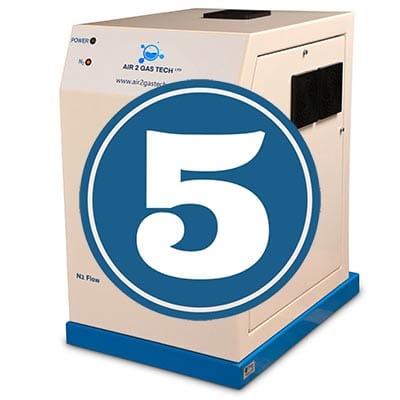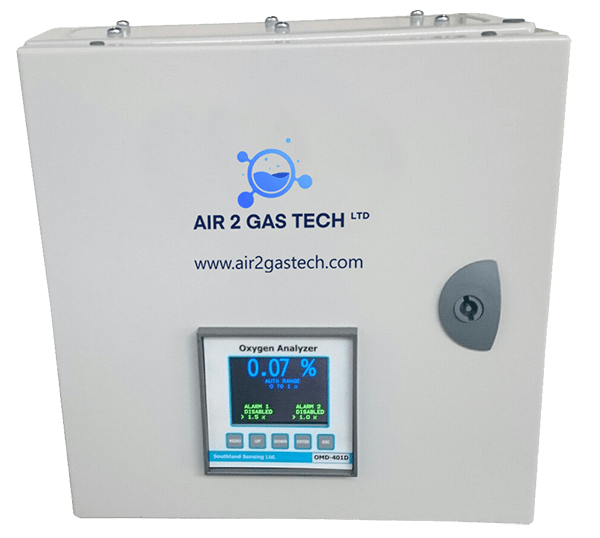Why is Nitrogen Purity so important?
Nitrogen Purity
Nitrogen is used across many industries for different purposes. Although certain names of grades are very common, the actual grades of nitrogen are not standardized across industries or even within industries. Ultimately, the manufacturer of the nitrogen chooses the name of the grade to categorize the nitrogen. For this reason, it is possible to have two nitrogen products with the same purity specifications, but listed in grades with different names. It is also possible for two nitrogen products within the same grade to have different purity specifications. It is important to select a nitrogen product based on its purity specifications and not solely its grade.
High-Purity Grades
High-purity grades of nitrogen are composed of greater than 99.998 percent nitrogen. The common high-purity grade names include Research Purity and Ultra High Purity. All of the high-purity grades can also be considered Zero grade. This is because they meet the specification of having less than 0.5 parts per million of total hydrocarbons required of Zero grade nitrogen. Besides hydrocarbons, nitrogen contains other impurities like oxygen, carbon dioxide, carbon monoxide and water. None of the high-purity grades contain oxygen greater than 0.5 parts per million, carbon dioxide or carbon monoxide greater than one part per million, or water greater than three parts per million.
Other Nitrogen Grades
Low-purity grades of nitrogen are composed of 90 up to 99.998 percent nitrogen. The common low-purity grade names include High Purity, Zero, Prepurified, Oxygen Free, Extra Dry and Industrial. The percentage of contaminates in these grades varies greatly. Oxygen Free grades contain less than 0.5 parts per million of oxygen. Other grades of nitrogen include the High Pressure grades. They usually come as nitrogen pressurized at 3500 or 6000 pounds per square inch with a purity of 99.998 percent.
Nitrogen Uses
The pharmaceutical industry uses high-purity grades as a shield gas for some medications. The high-purity nitrogen protects the medicine from contacting and reacting with surrounding oxygen and moisture because it is a non-reactive gas, especially if it contains low levels of impurities. Oxygen Free nitrogen is often used to coat objects or substances to make them less combustible. Combustion requires oxygen, leading to unsafe fires or explosions in some situations. Uses of low-purity nitrogen include tire inflation and industrial uses like heat treatment of furnaces.
For further information on our Nitrogen products, click here.



